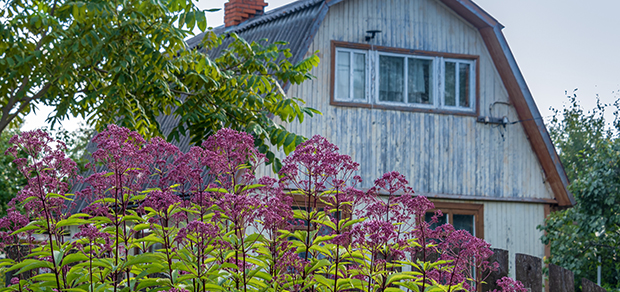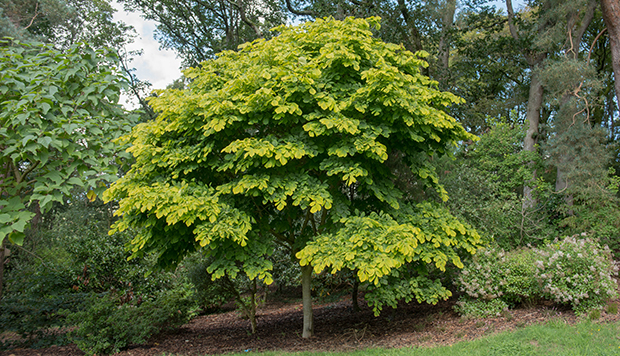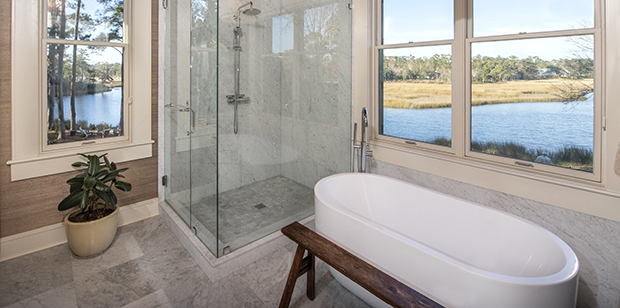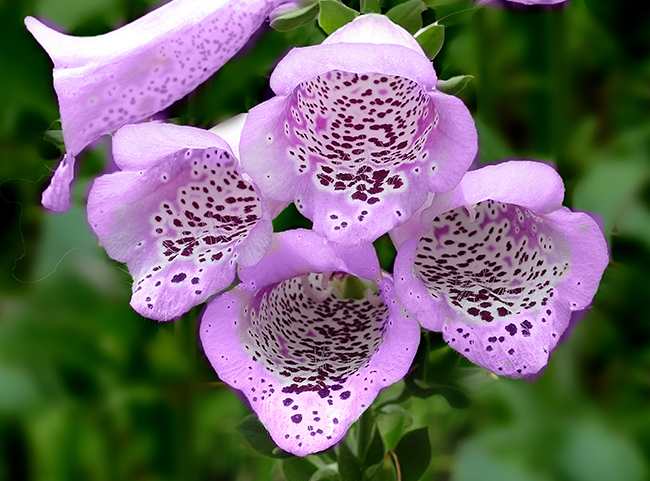Time to Dig Into Natives
05 Jan 2021
The evolutionary science behind planting native plants
By Lynda Acker, PhD

The days are getting shorter, the nights cooler. Autumn is the perfect time to plant perennials, shrubs, and trees, and the best plant choices often come in the form of natives. A native plant is one that is indigenous to a given area and has co-evolved with pollinator species to optimize the lifecycle of both plant and animal. Native bees, moths, and butterflies are among the many pollinators that have evolved specialized anatomy to enhance the extraction of pollen and nectar from their evolutionary plant counterparts. This translates to better nutrition for the pollinator and superior pollination rates for the plant.
Many native plants have developed defenses over millennia which help them to ward off predation and disease from indigenous pests. Therefore, native plant species are relatively pest- and trouble-free. An exception to this is the intricate dance between certain insects and their host plants — vegetation that serves as a highly specific diet for the larval form of some insects. For example, milkweed is the only viable food for monarch caterpillars. While milkweed has evolved to contain cardiotoxins, making it unpalatable and even dangerous to other organisms that try to eat it, the monarch caterpillar has developed the ability to tolerate milkweed, and uses the ingested cardiotoxins to render this species’ caterpillars and butterflies toxic to many would-be predators.

If you are looking for some excellent native perennials to plant in your yard, consider butterfly weed (Asclepias tuberosa), which will attract monarchs and stay small enough to look great in the front of the border. Lanceleaf coreopsis (Coreopsis lanceolata) produces a riot of yellow blooms from early May through late June, and boneset (Eupatorium perfoliatum) is at home in the back of the border and is a magnet for native bees of every stripe! Prairie dropseed (Sporobolus heterolepis), an elegant native grass that is at home in the perennial border, in dramatic mass plantings, or in a meadow among blooming perennials, will add visual interest to the garden and provide a winter home for a variety of pollinator species.
If you’d like to make a larger statement, ninebark (Physocarpus opulifolius) is a lovely shrub named for its nine layers of exfoliating bark. Pinkish-white flower clusters in the spring and persistent seed capsules add to its seasonal interest. Furthermore, like most native plants, ninebark’s roots run deep, reaching 16-feet into the earth, thus making them highly resistant to drought-related attrition, even when irrigation is prohibited.
If you have an open expanse, a yellowwood tree (Cladrastis kentukea), which reaches heights of 30-50 feet, is a great, underused option. This tree provides four seasons of interest, with graceful white panicles in spring, a full and shady canopy in summer, yellow-brown fruits and leaf color in fall, and smooth gray bark in winter. The deep root system is tolerant of shade-loving plants which can grow under it without undue competition.
While native plants are beautiful and relatively trouble-free, perhaps the most compelling reason to plant them is to help curtail the loss of our critical pollinators. As Doug Tallamy, entomologist and wildlife ecologist at the University of Delaware points out in his book Bringing Nature Home, a native oak tree helps support 534 butterfly and moth species, while a non-native gingko serves only one species. Many pollinators are declining precipitously in number, and since one out of every three bites of food we eat is reliant on the work of pollinators, their well-being affects us all. Consider including plants that are native to the southeast in your landscape!














